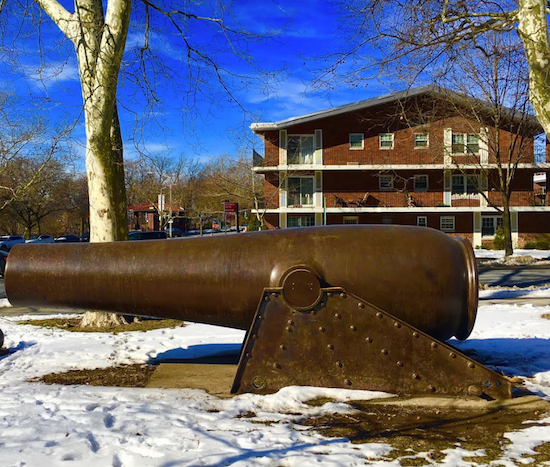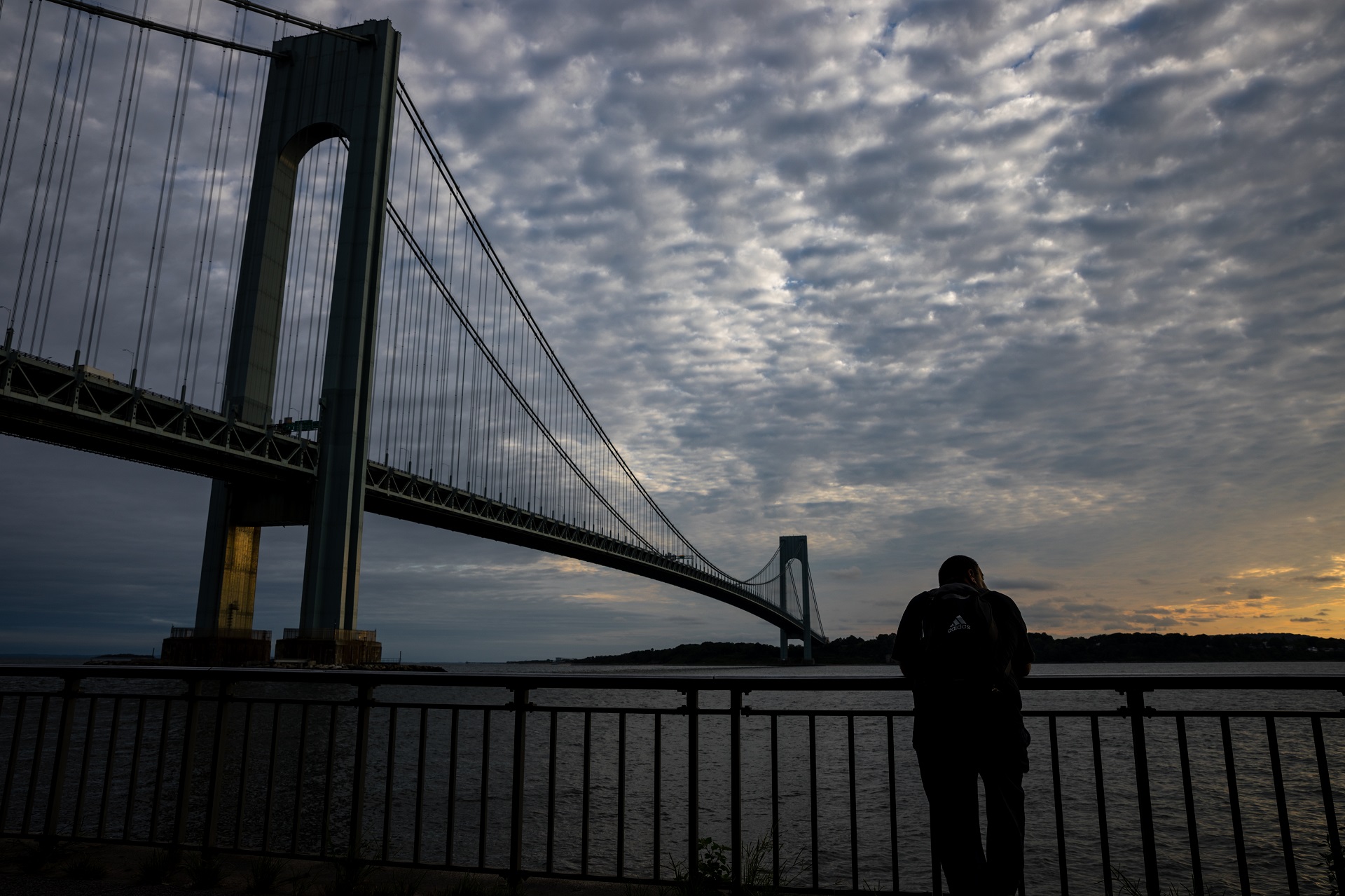Cannonball Park, whatever its name, is a valued Bay Ridge institution

Several of Southwest Brooklyn’s major traffic arteries – Shore Road, Fourth Avenue and Fort Hamilton Parkway – converge at a small park, slightly larger than 5 acres, that is home to several military monuments. The park is called John Paul Jones Park, in honor of the first U.S. naval commander during the Revolutionary War, but locals call it Cannonball Park.
Hey Ridge recently posted a history of the park, which was originally known as Fort Hamilton Park. For many years, into the early 19th century, it was owned by the Denyses, an old Dutch family. After Fort Hamilton was built in 1831, a small “village” catering to servicemen and their visitors sprung up on the site, complete with hotels, fishing facilities, restaurants, music pavilions and a bowling alley, according to Hey Ridge.
After the village’s main hotel, the Grand View, burned down in 1893, the area started to decline. Around 1898, the City of Brooklyn began buying the land with the intention of building a park.
